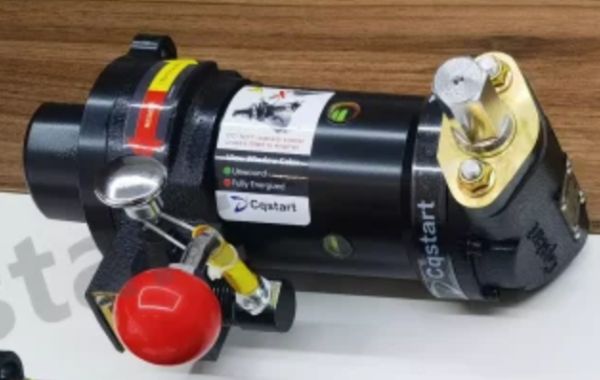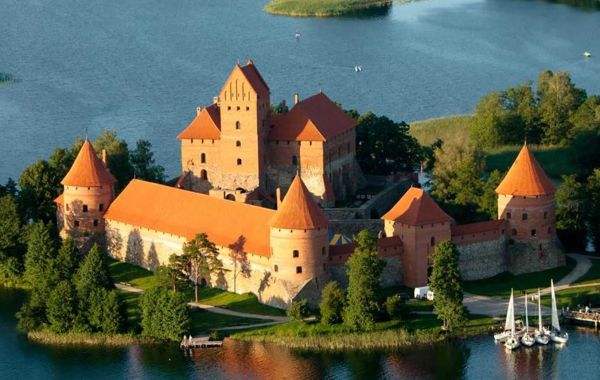A small engine starter is a crucial device designed to provide the initial power required to turn the crankshaft, ignite the engine, and transition it into normal operation. These starters are crucial for ensuring the reliability of small engines across various applications.
Depending on the starting mechanism, small engine starters are available in different types, each tailored to specific needs and scenarios. Below are some of the most common types of small engine starters:
Electric Starter
The electric starter uses a battery-powered motor to start the engine with ease and speed. It is highly convenient and widely used in equipment such as motorcycles, small generators, and other machinery where fast and easy startup is crucial.
With a user-friendly design, starting the engine is as simple as pressing a button or turning a key, making it a popular choice for modern applications.
Spring Starter
A spring starter relies on stored mechanical energy within a spring to initiate the engine. The user compresses the spring by manually winding it, and once released, the stored energy powers the crankshaft to start the engine.
This type of starter is particularly useful in remote or power-limited locations, such as offshore platforms or isolated areas. It is commonly used for marine and diesel engines due to its dependable performance and lack of external power sources.
Pull Starter
The pull starter operates using a simple mechanism: pulling a cord engages an internal gear system that cranks the engine to start. Known for its low cost and straightforward design, it is frequently found in lawn mowers, chainsaws, and other small equipment.
While it requires physical effort to operate, the pull starter is low-maintenance and ideal for locations without electricity or other power sources.
Air Starter
The air starter uses compressed air to turn the engine's crankshaft, and is often paired with diesel or marine engines. Its ability to deliver quick and efficient startups makes it a preferred choice in industrial and specialized applications.
Although highly effective in demanding environments, air starters require access to compressed air equipment, limiting their use to specific industries and applications.







